addtime:2023-06-10 author:xinyuren hits:205
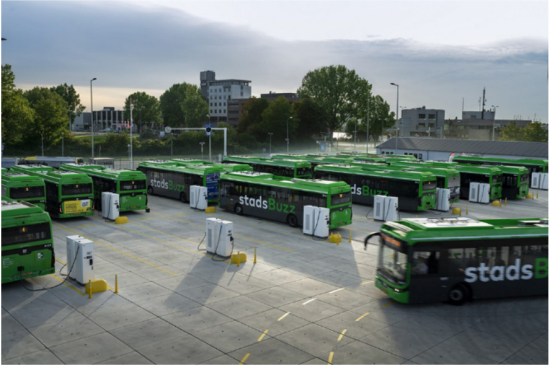
three solutions with dedicated power electronics solutions
with more recognition of electrification of heavy or commercial vehicle, it is increasingly important to charge batteries larger than electric buses. time is money, especially in logistics. the preferred option is to increase charging power or allocate idle time for charging. these preferences result in three different charging options.
option 1: charging station charging method and fleet operations
modern battery technology and advanced power semiconductor solutions allow for the design of efficient infrastructure. the above diagram depicts the charging method of the bus fleet's charging station.
charging stations are the best choice for local fleet operations, especially for buses and transportation vehicles. these vehicles operate on relatively fixed routes and are idle during night hours.
these charging methods can reduce the demand for charging power and provide more energy management options. this includes fixed batteries, and separating the charging time of buses from the energy surplus time has also become an option.
the common battery electric buses nowadays have a battery capacitance between 250kwh and 500kwh, which can operate for one shift without charging. a single depot charger can only charge one vehicle overnight, even if it charges 80% of 500 kwh within 6 hours, 70kw is sufficient. of course, this is multiplied by the number of vehicles that the entire charging station must charge simultaneously.
as shown in figure 2, a typical charger schematic includes an input stage, an output rectifier, and an intermediate isolation stage that can adapt to the dc link voltage.
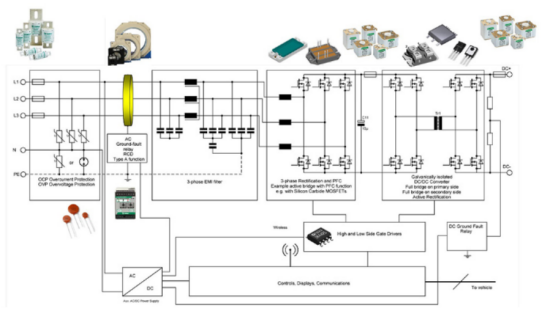
figure 2: schematic diagram and recommended components of a bidirectional charger
generally speaking, chargers are built using a modular approach from subsystems that can stack output power. most standard designs have a power of 15-60 kw per subsystem, and the selection of components varies depending on power output requirements and cooling preferences. although 10kw to 15kw forced air cooling units widely use discrete equipment, higher power units use liquid cooling, mainly composed of multiple power modules.
parallel devices are another option to increase power input, but they also establish functional system redundancy. this way, the system can operate at lower power to prevent damage to the entire system due to individual module failures.
charging stations can also serve as secondary grid services. fixed energy storage helps reduce grid load and can also support the grid during periods of high energy demand. timed charging and load balancing have also become a choice. the charging time is consistent with the excess energy cycle, which may lead to lower or even negative nighttime energy prices.
a fleet with a fixed schedule does not need to be fully charged at the same time. energy sharing between vehicles is also possible, and vehicles that are not included in the plan can contribute to energy storage. overall, charging stations, as larger industrial areas, may become solar power stations.
option 2: opportunity charging
a fleet traveling along a predetermined route can extend its range by increasing a small amount of energy more frequently. this is referred to as' opportunity charging ', and it works best if carried out in a fully automated manner.
there are two recommended solutions for charging opportunities.
a mechanical system called a pantograph allows large electrical contacts to move further and safely make contact with the corresponding contacts. with proven and reliable technology, pantographs can be widely used in tram and railway applications. pantographs are divided into top-down and bottom-up systems based on their installation location. the bottom-up system is installed on the vehicle and is in contact with the station. the top-down system is a part of the station and descends onto vehicles. figure 3 shows how to set up pantograph charging.
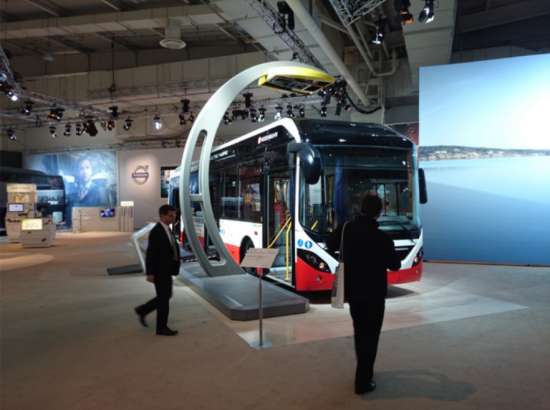
figure 3: top-down pantograph for opportunistic charging
the construction of infrastructure is still limited to the roadside. therefore, with suitable local power supply, such devices can be built to upgrade existing power plants. due to the rarity of such situations, buffer stations stored through batteries are a widely accepted solution to separate the high-power charging of vehicles from the recharging of fixed batteries.
usually, a power level of 125kw-250kw is applied.
before charging, the charging voltage and current shall be aligned between the station and the vehicle battery management system. due to the high power involved, charging through the pantograph is always dc charging, directly connected to the vehicle battery.
for future installation, the pantograph is the recommended solution, especially for autonomous vehicle, which does not involve plugs or wires requiring precise treatment. the system can easily handle vehicles of different heights and can be constructed to tolerate misalignment between stations and vehicles.
similarly, mobile devices such as smartphones should consider upgrading to wireless power transmission (wpt) to meet the needs of large-scale energy transmission. sae j2594 provides a detailed description of wireless power transmission for on-board systems. wireless charging systems essentially have two independent parts that exchange energy through magnetic flux. in order to avoid wasting too much energy conversion efficiency, sae j2594 sets a goal of achieving at least 80% energy conversion efficiency. as shown in figure 4, a series compensated resonant circuit operating in the frequency range of 80-140 khz can be used to meet this requirement.
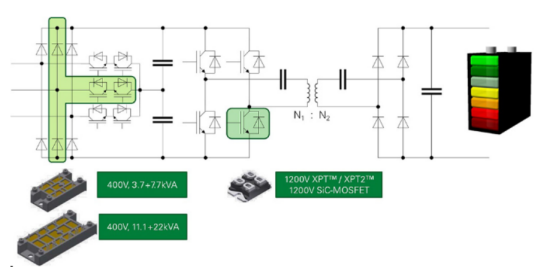
figure 4: series compensation resonance wireless power transmission settings
many input rectifier topologies are worth considering, including as cost optimization solutions or static diode rectifiers based on thyristor versions. vienna rectifier is a common solution because it has better emi performance, reduces the workload required for filtering, and adjustable dc link voltage. according to the standard requirements, using a high switching frequency of 80 to 140 khz to drive the transmission coil, igbts or sic-mosfets with low switching losses can be considered for use in the dc-dc conversion stage.
the induction charger must be installed in a place where the vehicle can be crushed. compared to the pantograph, it seriously affects infrastructure, especially public transportation. therefore, induction charging is a suitable solution for semi public areas. for example, airport luggage carts can benefit from wireless power transmission because the power level, energy involved, and terrain conditions meet the requirements of the application..
option 3: long distance operation
due to the need for long-distance logistics, traveling on random routes requires separate high-power charging like today's gas stations. this high-power charging needs to become a part of the existing infrastructure to achieve seamless integration between electric trucks and the mobile industry..
the dc voltage can reach up to 1500v, and the maximum charging current can reach 3000a, which can charge at a rate exceeding 2mw.
charging at 2mw and driving at 500kwh for another 300 kilometers can be completed within 15 minutes, which is a legally required rest time for drivers. however, urban low-voltage three-phase power grids below 400 v do not support this power level.
in this case, medium voltage local power supply must be a prerequisite. although fixed battery buffering is a potential option, storage capacity will become relatively large.
in the case of megawatt level, it is a promising choice to use a medium voltage transformer as the charger. instead of expanding the charging structure of passenger cars, it is better to adopt a mature solution of electrolysis. figure 5 depicts the relevant high-power settings.
figure 5: high power charging topology with b12c, also known as b6c-2p
this method only has the function of single stage energy conversion, replacing the current isolation stage from a smaller single converter to a medium voltage transformer can improve the efficiency of the power conversion stage to over 99%. at the same time, it can minimize the number of resources installed per kw and reduce space requirements by assembling flat components.
when entering the megawatt hour management system, thyristor based solutions combine excellent efficiency with the unprecedented lifespan and reliability of capsule equipment.
infrastructure systems require a large number of cycles to operate and have unexpected expectations for service time. designers need to consider these two factors in the early stages of design. although technology and topology may be outdated, efficiency, low cost, and reduced space requirements make it an obvious choice. this method will be crucial when future autonomous commercial vehicles require higher rated power to reduce charging time, as drivers do not need to rest.
[abstract] the latest information shows that in the…
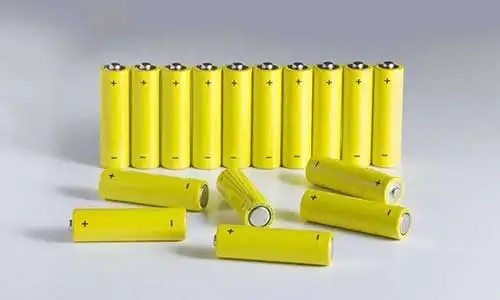
according to benchmark mineral intelligence, global…

on june 9th, at the opening ceremony of the 2023 wo…
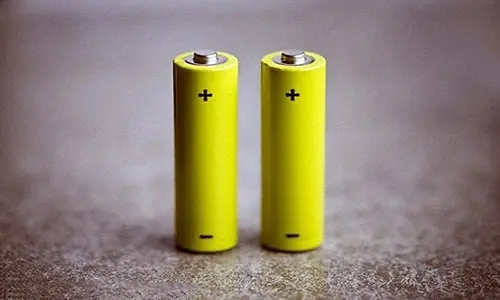
> company:0755-84611586
> fax:0755-84611589
> special line:4008855199
> email:xyr@xinyuren.com
> add.:shenzhen longgang district liuzhou street back to hon long bu community peak (longgang) industrial plant no. 2 workshop
